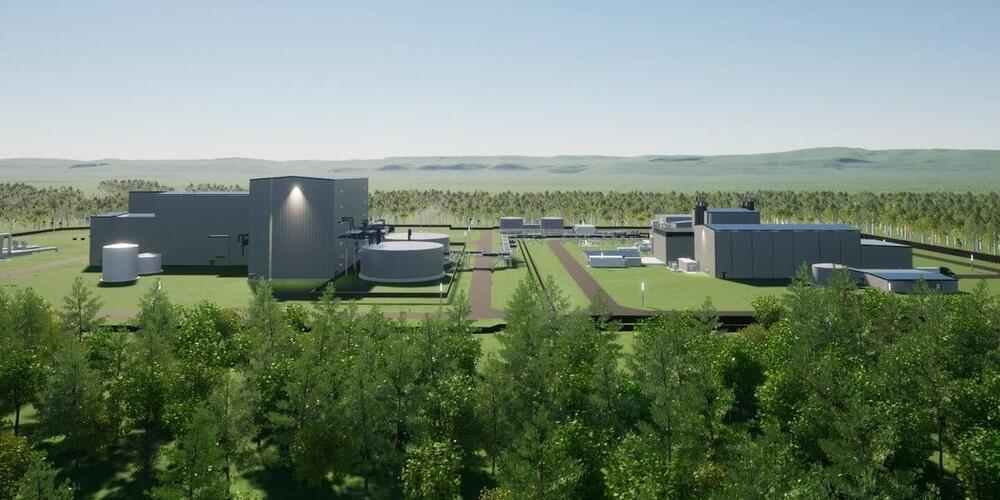The experimental fusion reactor sustained temperatures of 212 million degrees Fahrenheit for a record-breaking 48 seconds.


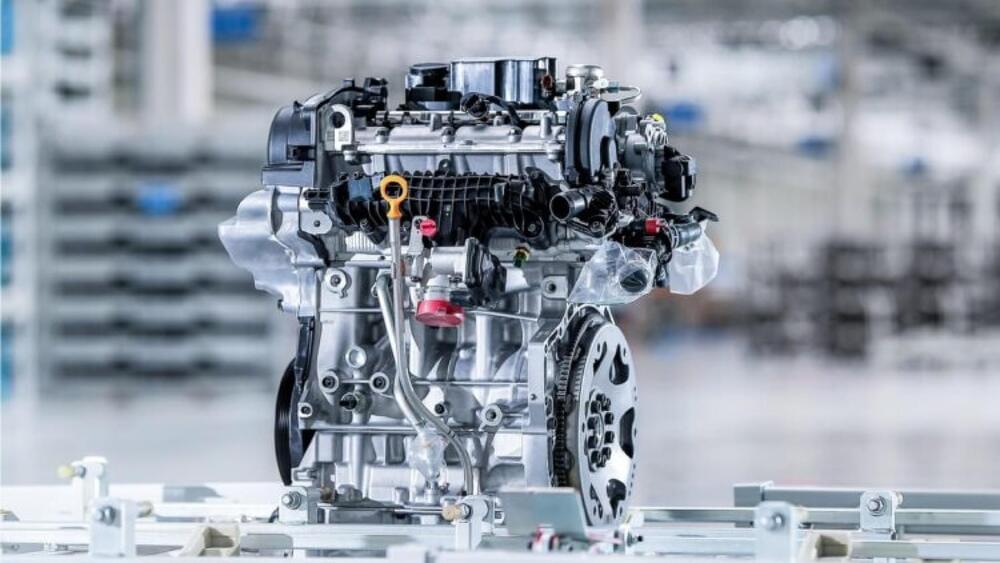
Do you know what they’ve discovered? This is the proton engine that Einstein predicted decades ago and that, for the first time, they’ve managed to materialize. The best part? It challenges even the laws of physics and the universe, and it’s going to decarbonize transportation.
Nuclear fusion has long been a sought-after but elusive goal for science. It involves joining atomic nuclei to release energy, the same process that occurs in the Sun and other stars. In fact, it’s a process similar to what we saw two weeks ago with the plasma engine.
Unlike nuclear fission used in current nuclear power plants—which, remember, we are highly critical of due to its lack of being an eco-friendly or renewable option—fusion offers the promise of a virtually inexhaustible and clean energy source.
Near 99 percent accuracy of bug patching in python programming language.
“The experiment deepens First Light’s ongoing partnership with Sandia National Laboratories, and helps the UK fusion leader to continue developing its unique amplifier approach to inertial fusion,” First Light Fusion explains.
First Light Fusion believes this “strengthens the case” for its “unique amplifier technology.” It also shows that the technology can be used, in theory, on other platforms, too.
In the core of the Sun, hydrogen is fused into lighter elements under extremely high temperatures and pressures. This fusion process produces light but also an incredibly large amount of energy. If we can replicate it on Earth, it could open the door to near-endless, clean energy.
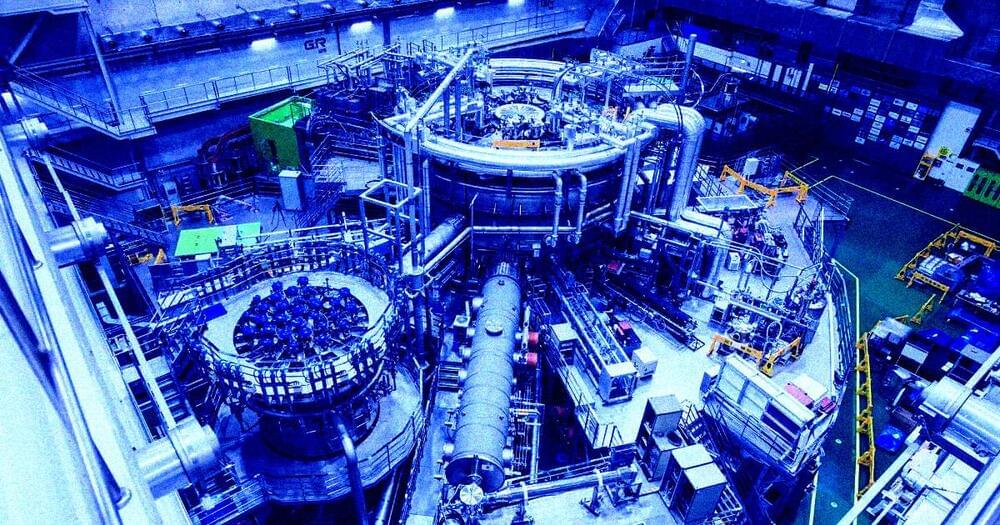

Fusion energy has long been hailed as the holy grail because of its potential for limitless amounts of clean energy. But that promise has trailed reality for decades, with billions of dollars in research leading to few breakthroughs. Now there’s optimism that is about to change, partly because of new startups funded by the likes of Sam Altman, Jeff Bezos, and Bill Gates.
Yahoo Finance went inside the country’s largest magnetic fusion facility for an exclusive look, to explore the challenges of bringing this technology to commercial use for the latest episode of NEXT.
“The race is on to actually see who can develop this and who can get it to the masses the fastest,” said David Callaway, former editor-in-chief of USA Today and founder of Callaway Climate Insights, a news and information service focused on the business of climate change.
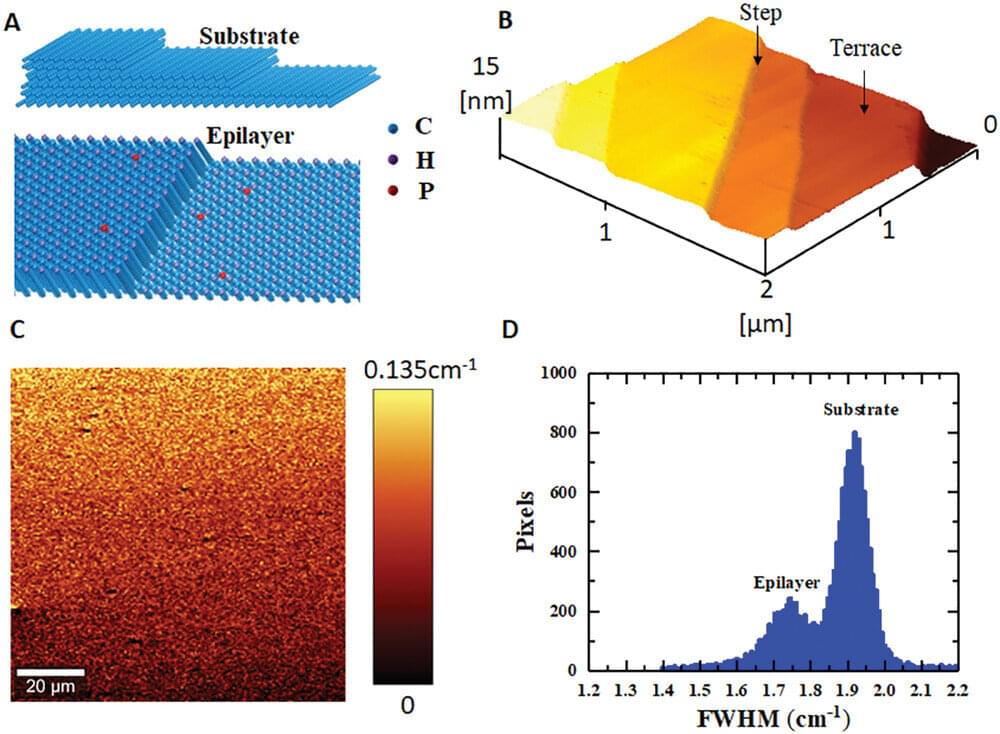
A National Institute for Materials Science (NIMS) research team has developed the world’s first n-channel diamond MOSFET (metal-oxide-semiconductor field-effect transistor). The developed n-channel diamond MOSFET provides a key step toward CMOS (complementary metal-oxide-semiconductor: one of the most popular technologies in the computer chip) integrated circuits for harsh environment applications, as well as the development of diamond power electronics. The research is published in Advanced Science.
Semiconductor diamond has outstanding physical properties such as ultra wide-bandgap energy of 5.5 eV, high carriers mobilities, and high thermal conductivity, which is promising for the applications under extreme environmental conditions with high performance and high reliability, such as the environments with high temperatures and high levels of radiation (e.g., in proximity to nuclear reactor cores).
By using diamond electronics, not only can the thermal management demand for conventional semiconductors be alleviated but these devices are also more energy efficient and can endure much higher breakdown voltages and harsh environments.


Princeton researchers have trained an AI to predict and prevent a common problem arising during nuclear fusion reactions — and they think it might be able to solve other problems, too.
The challenge: If the Spice Girls were physicists, their song “2 Become 1” might have been about nuclear fusion, a reaction that occurs when two atoms merge.
Fusion releases a tremendous amount of energy in the form of heat — it’s what powers the sun and other stars — and if we could harness the reaction here on Earth, we would have a near limitless source of clean energy.
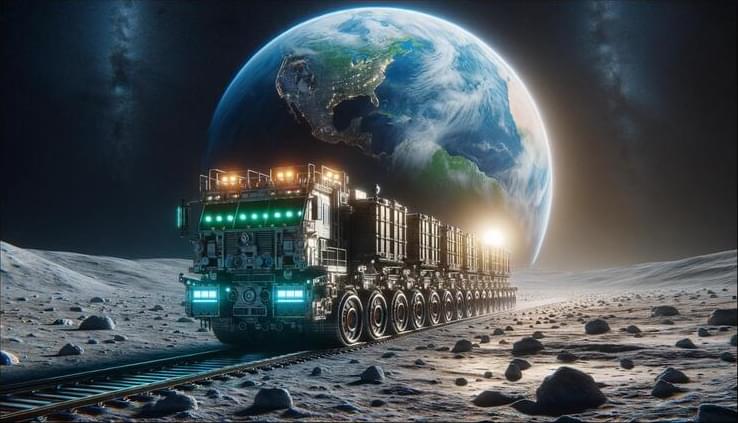
In preparation for a permanent human colony on the Moon, DARPA has awarded a contract to Northrop Grumman to develop a lunar railway concept, as part of the 10-year Lunar Architecture (LunA-10) Capability Study.
Running a train on the Moon may seem profoundly silly, but there is some very firm logic behind it. Even as the first astronauts were landing on the Sea of Tranquility in 1969, it was realized that a permanent human presence on Mars would require an infrastructure to maintain it. That includes mines for water ice, nuclear power plants, factories, and railways.
Though many people think the Moon is small, it is, in fact, a very large place with a surface area equivalent to that of Africa. Over such an expanse, even a limited presence would require some sort of a transport system to link various outposts and activities.
